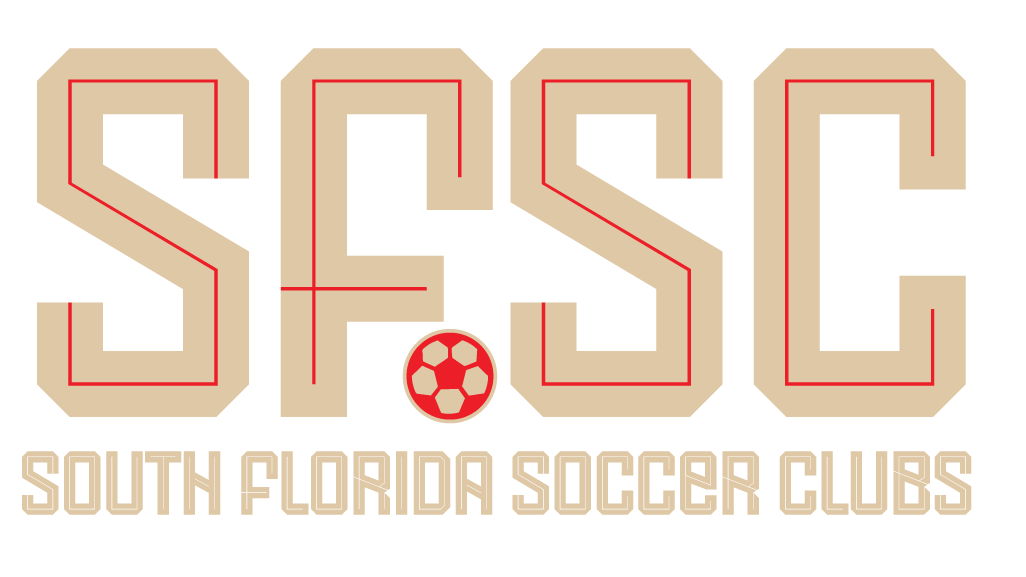Understanding the Journey to Professional Soccer
Becoming a professional soccer player is a dream shared by millions of kids around the world. But the reality? Only a tiny fraction ever make it.
- 🌍 Worldwide: 250+ million players, ~60,000 professionals = 0.024%
- 🇺🇸 USA: Over 4 million youth players, fewer than 500 go pro = 0.01%
- 🇪🇺 Europe: More pros, more leagues, more scouts — but also far more competition
How Players Go Pro in the United States
There are multiple routes, but only a few lead to professional contracts:
MLS NEXT and USL Academies are the most direct paths. College soccer provides development and exposure, but fewer players turn pro after graduation.
How It Works in Europe
Top academies in countries like Spain, Germany, France, England, and the Netherlands recruit elite players as early as age 7–10.
- Players are constantly evaluated and released.
- Most players are cut by age 18, and very few reach first-division teams.
Chasing the European Dream
More U.S. players are now seeking opportunities abroad:
- Players with EU passports (dual nationals) have better access.
- Even if signed, most start in B teams, reserves, or lower divisions.
Europe remains the most competitive and prestigious route — but it’s not easier, just different.
Key Takeaways for Players and Parents
It’s not easier to go pro in the USA, but for certain players, it can be more accessible and forgiving.
- In Europe, the path is clearer but cutthroat — and you must be in top academies very early.
- College soccer remains a valuable option in the U.S., especially for late bloomers.
Coming Soon on SFSC:
- 🔎 Searchable database of MLS NEXT, ECNL, and USL Academy clubs in Florida
- 🎤 Interviews with players who made the jump to professional
- 📥 Free guide: “Is Europe the Right Move for My Child?”






